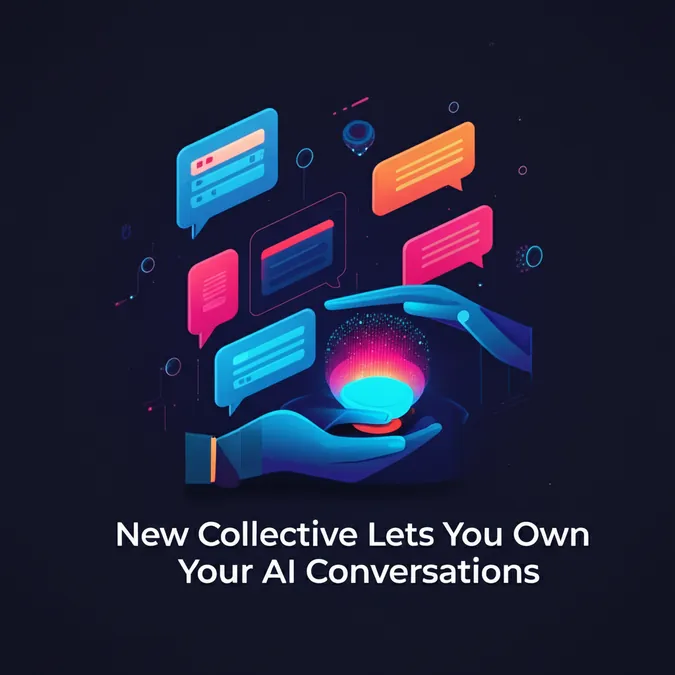Developer Offer
Try ImaginePro API with 50 Free Credits
Build and ship AI-powered visuals with Midjourney, Flux, and more — free credits refresh every month.
Practical AI Prompting For The Modern Workplace
Integrating AI into your daily work routine can feel daunting, but it's a critical step to stay ahead. The primary challenge isn't the technology itself, but rather figuring out how to start. As Vanderbilt University computer science professor Jules White notes, “The limit isn’t the technology, the limit is our ability to creatively use it in our work and daily lives.”
Generative AI tools like ChatGPT, Gemini, Claude, and Copilot can significantly boost productivity by summarizing documents, creating presentations, or analyzing notes. Here’s a practical guide to mastering the art of the prompt and making AI work for you.
Follow the Golden Rule of Prompting
Think of prompting an AI like asking a person for help—the more context you provide, the better the result. Anthropic champions a “golden rule of clear prompting,” suggesting you test your prompt on a colleague. If they’re confused, the AI will likely be as well.
Google's Prompting Guide 101 breaks down effective prompts into four key areas: Persona, Task, Context, and Format. For instance: “I’m a PR manager (Persona). I need to create a press release with a catchy title (Task). Include quotes from (Format) @[Document name] (Context).”
Providing rich context is essential. Maggie Vo, head of user education at Anthropic, explains that instead of asking an AI to “Write a summary of quantum computing,” a more effective prompt would be, “I’m preparing for a job interview at a quantum computing startup. I have a physics background but no quantum experience. Help me speak intelligently about key concepts.” This level of detail completely transforms the output.
The persona pattern, where you assign the AI a specific role, is a powerful technique. Professor Jules White, who teaches a popular Coursera class on Prompt Engineering, says this goes beyond simple roles. “You can ask Generative AI to ‘act as a computer that has been the victim of a cyber attack,’ and it can simulate how that computer might work.”
Above all, always include a clear command or verb in your task. Simply typing “cat food” into an AI chat leaves the intent ambiguous, unlike a traditional search engine.
Treat AI Like Fostering a Relationship
Even a well-crafted prompt might not yield the perfect response on the first try. Instead of getting frustrated, view it as part of the learning process. Fine-tuning your prompts and iterating is key to getting better results.
As Google advises, you don't need to start a new chat. Use follow-up prompts to refine the output. If the AI makes a mistake, like misidentifying a city in a data set, point it out directly. The AI will often correct itself and learn from the interaction. This conversational approach is far more effective than just repeating the same prompt.
Think of the AI as a partner. You can even ask it for guidance, such as, “I need help writing a marketing email, what details would be helpful for me to supply?”
Ethan Mollick, a professor at the University of Pennsylvania’s Wharton School, recommends pushing the AI to its limits. In his Substack, he suggests, “Ask for 50 ideas instead of 10, or thirty options to improve a sentence. Then push the AI to expand on the things you like.”
Use More Than Just the Chat Function
Modern AI goes far beyond text-based chat. You can upload files like spreadsheets, presentations, and documents for direct analysis. For example, with a sales data spreadsheet, you can ask, “Which sales region had the highest revenue growth over the last two quarters?” without creating complex pivot tables.
AI models like ChatGPT and Midjourney can also generate images, graphs, and slides. This capability extends to analyzing visual information. As Professor White mentions, “My wife can snap a picture of the random ingredients left in our fridge and get 10 recipes that she could make with them.”
Don't overlook voice and multimodal features. These tools can have natural conversations and even analyze what’s on your screen or visible through your camera in real-time. “I’ve used it to identify plants on hikes, solve a problem on my screen, and get cooking tips while my hands were covered in flour,” Mollick wrote. “This multimodal capability is genuinely futuristic, yet most people just use voice mode like Siri. You’re missing the best part.”
Don’t Overthink It
Ultimately, practice is what makes you a proficient AI user. The best techniques involve using natural, conversational language, just as you would with a human colleague. You don't need to memorize complex templates to become an “AI whisperer.”
If you're ever stuck, remember that the AI itself is a great teacher. As Anthropic's Maggie Vo says, “AI can literally teach you how to communicate with it better. It’s surprisingly effective and saves you from memorizing prompt templates.”
Finally, check with your employer for any guidelines on using AI at work. If none exist, it might be a good time to start the conversation.
Compare Plans & Pricing
Find the plan that matches your workload and unlock full access to ImaginePro.
| Plan | Price | Highlights |
|---|---|---|
| Standard | $8 / month |
|
| Premium | $20 / month |
|
Need custom terms? Talk to us to tailor credits, rate limits, or deployment options.
View All Pricing Details

